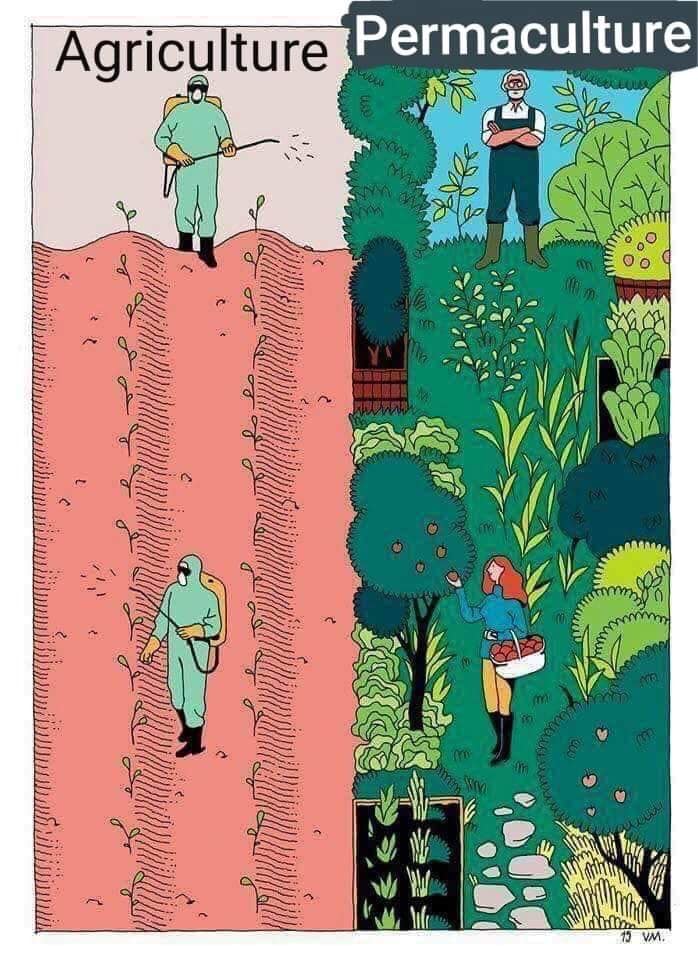Superfoods and Sustainable Ag

Fortunately, there are several long-term trends that lead us to believe that sustainable ag has a real chance for success, one of which is the development of so-called “superfoods.”
From a piece I wrote for a client a couple of weeks ago:We believe that the incomparable strength of (product’s) properties provides (client) the unique opportunity to distribute this core ingredient and its underlying manufacturing process into parts of the world as a significant blow against hunger and malnutrition. Our belief here is based on two independent factors:
1) The superiority of the product itself, as described at length above: Non-GMO and hypoallergenic superfood, excelling in protein quality and digestibility also containing Omega 3, chlorophyll, antioxidants, dietary fibers, vitamins and minerals.
2) The process by which the product is made: It’s flexible, scalable, and requires very few resources, meaning that it can result in the gainful employment of enormous numbers of people in all parts of the globe, who will find meaningful and productive careers in the growing farm-to-table arena of world nutrition. (We certainly don’t mean to limit this to the developing world, as one in seven children in the U.S. is hungry right this minute.)
The reason that most efforts to feed the hungry and eliminate poverty fail is that they do not create markets. For example, though flooding rural Africa with free solar panels will, for a short period of time, result in new electrification projects, doing so makes it impossible for ongoing businesses (importers, distributors, sales people, installers and maintainers) to succeed. The system can surmount this hurdle by creating a top-down market for the superfood as an ingredient or a stand-alone product that can be manufactured, sold, and consumed locally.
It’s difficult to overstate the amount of human misery that will be experienced in the coming decades due to overpopulation and the imminent environmental collapse. The coming intensity and duration of droughts, super-storms/floods, and water shortages will only exacerbate a horrible and rapidly deteriorataing situation. Simultaneously, ocean acidification and loss of biodiversity will be wiping out countless species of animals and plants; another 0.2 drop in the pH of the ocean’s waters will mean the end of all fish and seafood (except jellyfish), which are currently contributing over 14% of the world’s protein supply.
Needless to say, there is a huge amount of human and financial capital focused on solving this terrible problem, as evidenced by the 7.3 million web pages that one finds by Googling “NGO world hunger.” Also obvious is the enormous amount of positive publicity that will accrue to any group that makes a material contribution to alleviating human suffering at this level.
